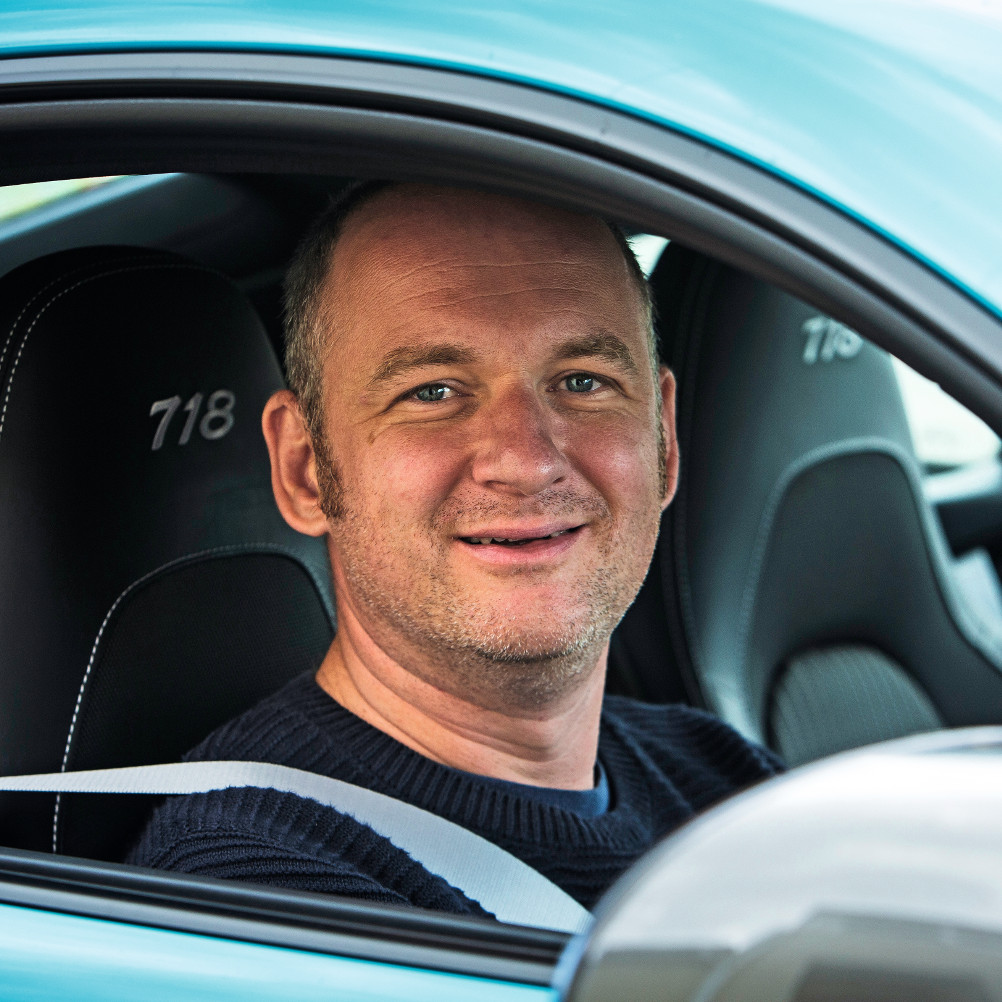Sports cars are some of the most desirable vehicles a petrolhead can own.
First developed to bring some of the speed and excitement of motorsport machines to the regular driver on the road, the sports car genre is almost as old as the car itself.
Nowadays, the best sports cars are more mature and can be driven every day. What's best is there's still a host of options on the market and the sports car is still going strong, despite the automotive industry's gradual switch to electric power.
Several car makers – such as BMW, Porsche, Mercedes-Benz and Alpine – are still heavily invested in the sports car world, using their expertise to produce some seriously capable models.
Thankfully, sports cars are still a traditional offering, with petrol power and high performance. Even as many other segments undergo rapid change, this one still deals with big power, lightweight engineering, high-revving combustion engines and outstanding handling dynamism.
But which sports cars are truly the best? We've listed our top picks in the full-sized sports car world right here, each with deep-chested acceleration and uplifting handling, and just as at home on the open road as they are on track.
We think the best sports car on sale today is the Alpine A110, but you will have to read on to find out why. Read on as we list the best sports cars still on sale in 2025.







Join the debate
Add your comment
Success in this planet requires more than just physical prowess; it also requires strategic exploration and the mastery of mystical abilities that are concealed beyond the horizon of the ocean. blox fruits
House Cleaning Lethbridge emphasize professionalism and experience, claiming years of cleaning expertise.
However, achieving that dream often requires strong financial planning. A good credit profile can make a significant difference when financing a high-performance vehicle, which is why services like credit repair houston and credit repair austin are frequently sought by aspiring car owners. By improving credit scores and correcting inaccuracies, these services can help enthusiasts secure better loan terms, lower interest rates, and ultimately make owning a sports car more attainable.